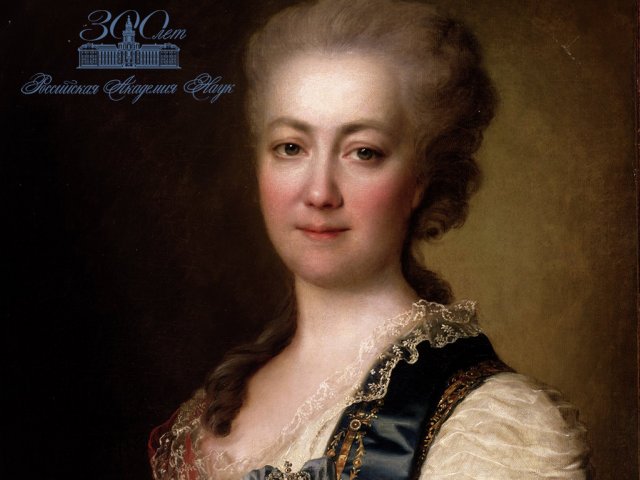Official:
James Cook. October 27, 1728 – February 14, 1779. English explorer and cartographer, fellow of the Royal Society. He led three circumnavigation expeditions to explore the world’s oceans.
Life and Work:
1. Not far from the entrance to St. James’ Park in London, there is a monument to a native of South Yorkshire who died in the Hawaiian Islands. Endeavour was a great help to him during the first circumnavigation of the world, Adventure and Resolution assisted in the second one. And the third one turned out to be fatal, although it was accompanied by Discovery. These are not just words, but the names of ships James Cook sailed. And his statue is located not far from St. James’ Park – a curious coincidence.
2. The Great Ayton village school in South Yorkshire has been turned into a museum. The young James Cook learned the basics of science there. But not for long: for only 5 years.
3. A son of a poor Scottish farmhand, born in the British outback, he was destined to work the land. But he longed to go to sea – at the age of eighteen, he got hired as a deck boy on a coal brig.
4. Cook spent his spare time off duty reading books: he studied geography, navigation, mathematics, astronomy – everything that could be useful in sea expeditions, about which he also read.
5. During the Seven Years’ War, James Cook served in the Royal Navy and distinguished himself at the capture of Quebec: it was Cook, a ship captain at the time, who was assigned to map the fairway of the St. Lawrence River and mark the navigable areas with buoys.
6. It is claimed that this invaluable cartographic experience played a significant role later. When the Admiralty decided to launch an expedition to the southern latitudes, they chose an experienced captain and cartographer, James Cook.
7. Upon returning from Canada, Cook married Elizabeth Butts. The young family settled in London’s East End and had six children. Elizabeth outlived her sea-wandering husband by 56 years.
8. In the middle of the 18th century, the world powers fought fiercely for new colonies. They did not advertise the goals of these expeditions too much, covering them with plausible pretexts. It was just the case in 1768: the real purpose of James Cook’s first expedition was to search for an unknown Southern continent and explore the shores of Australia, which was discovered by the Dutch. Astronomical observations were used as a pretext to disguise the true goal: on June 3, 1769, Venus was expected to transit in front of the solar disk.
9. James Cook observed Venus against the Sun in Tahiti. During this first round-the-world expedition onboard Endeavour, Cook literally stumbled upon the Great Barrier Reef, explored the eastern shores of Australia, solemnly proclaimed this land as domain of Great Britain in the name of King George III, and called it New South Wales.
10. And Botany Bay was also named by Cook – there, a botanist from his expedition found dozens of plants unknown to science.
11. The second circumnavigation of the world failed to find the Southern Continent either. Cook skipped past Antarctica, mistaking it for a pile of ice. But he discovered islands in the southwestern Pacific Ocean, which he called New Caledonia. In ancient times, his homeland – Scotland – bore that name. Cook persuaded the natives of New Caledonia to accept a boar and a pig as a gift – this way, he tried to stop the locals from eating people.
12. To his misfortune, during the third circumnavigation of the world, Cook discovered the Hawaiian Islands. At first, everything was fine: the natives considered the white Cook a god.
13. The trouble began when Cook visited the Sandwich Islands, as he called them, for the third time. A conflict arose there: the sailors quarreled with the natives over a boat the latter stole. Cook went to settle the problem himself. A blow with a club ended the life of the glorious traveler.
14. The natives did not agree to give up Cook’s body peacefully. A military operation was required: having landed under the cannon fire protection, the landing force captured the coastal settlements, burned them to the ground and drove the Hawaiians into the mountains. After that, the natives delivered a basket with ten pounds of meat and a human head without a lower jaw to Resolution.
15. The remains were buried at sea – Captain Cook failed to complete his third circumnavigation of the world.
16. Oddly enough, it was our compatriot, not his, who suggested to commemorate the traveler’s memory. At the suggestion of Adam Johann von Krusenstern, an archipelago in Polynesia in the South Pacific was named after James Cook. Cook, who visited some of the islands of this archipelago, called them the Hervey Islands.
17. Not so long ago, the Cook Islands released a set of four coins dedicated to the legendary captain. A total of 1,779 sets were minted, and this number is, of course, not accidental. James Cook was killed in the Hawaiian Islands in 1779.
18. In addition to the geographical contributions, James Cook also made linguistic ones. It was he who first used the word “tattoo” in a travel report and thus introduced it into the English language. In Tahitian, the “tattoo” means “drawing on human skin.”






















